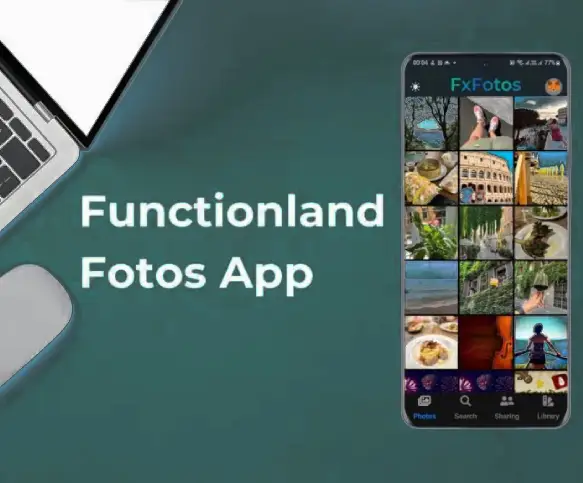


For now, we have 3 applications live on Google Play and Appstore
We are planning to onboard more Web2 applications to use Fula decentralized cloud instead of central cloud providers.

Get the application from your preferred method, either Appstore on iOS, Google Play on Android or other means
Currently login is with the wallet, but we soon add the possibility of login with other means like Google, Microsoft and …
Currently you need to get Fula tokens to cover the cost of using and storing data on Fula network, which is up to 2 times cheaper than central cloud.
We will soon add the possibility of using your Credit Card to pay!
Experience the excitement of digital evolution with Functionland’s platform! As we pivot towards a decentralized future, our technology provides unparalleled speed, efficiency, and autonomy over your data. Don’t miss this opportunity – join a vibrant community where collaboration shapes the internet’s next chapter.
Your data remains entirely yours, eliminating central vulnerabilities and ensuring optimal security.
Anything you upload is encrypted on your device and split into small pieces. These pieces are then sent to nearby devices and duplicated six times across the network. This setup offers better reliability and security than traditional cloud storage.
The Fula network runs on devices that use very little electricity, and it doesn’t require firewalls, coolants, or expensive servers. This makes storage much cheaper than centralized cloud storage, which is essential for the future of AI!
All the payments you make are going to individual node owners and it does not create a monopoly that controls and changes the terms and pricing!